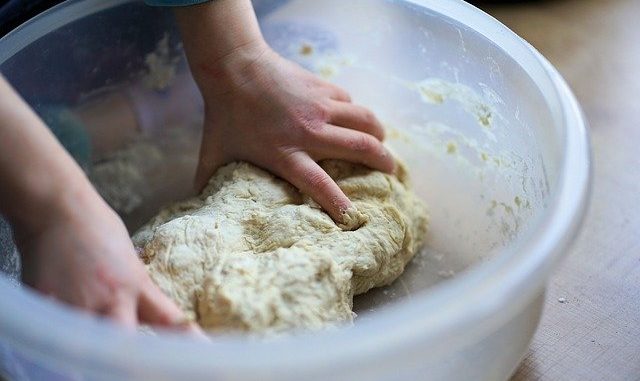
A steamed cake is very distinct from a baked cake. Seems simple to say but they are very different in texture and resemble a steamed pudding in many senses.
They are extremely popular desserts in China and Japan. The Japanese call them Mushi-pan and the Chinese call them Mantou (饅頭). One of the most famous is the Thousand layered cake. In the Phillipines, they enjoy puto which is prepared from rice as is the Korean kichudok.
The steamed cake is prepared from cereals which are fermented, plain flour from yeast, yeast, sugar, and water. The whole mix is prepared as a batter which is fermented in a manner similar to bread between a temperature of 35 to 38 °C, relative humidity of 80 to 85%, and then steamed to cook (Hung & Miskelly, 2016a).
Steaming is probably the most important part of the process. Having fermented the cake batter, there is starch gelation, denatuation of proteins, volume expansion and water evaporation (Wang et al., 2019).
Steamed cakes (SSC) have a much more porous structure but are slightly firmer than baked cakes. The steaming produces a more elastic structure and is rather chewy. That quality is similar to the Chinese norther-style steamed bun (Hung & Miskelly, 2016b).
Yeast
The best yeast cultures are the Saccharomyces although starter cultures using Brettanomyces anomalus are feasible (Wu et al., 2011).
References
, & (2016a). Chapter 1‐Introduction to steamed bread. In S. Huang & D. Miskelly (Eds.), Steamed Breads (pp. 1–12). Cambridge, UK: Woodhead Publishing.
, & (2016b). Chapter 2‐Classification of steamed breads and buns. In S. Huang & D. Miskelly (Eds.), Steamed Breads (pp. 13–21). Cambridge, UK: Woodhead Publishing.
, , , , , & (2019). Molecular characterization of water‐extractable arabinoxylan from wheat bran and its effect on the heat‐induced polymerization of gluten and steamed bread quality. Food Hydrocolloids, 87, pp. 570–581 (Article)
, , , , & (2011). Brettanomyces as a starter culture in rice‐steamed sponge cake: A traditional fermented food in China. Current Microbiology, 63(5), 458–463 (Article).


Where’s the recipe?